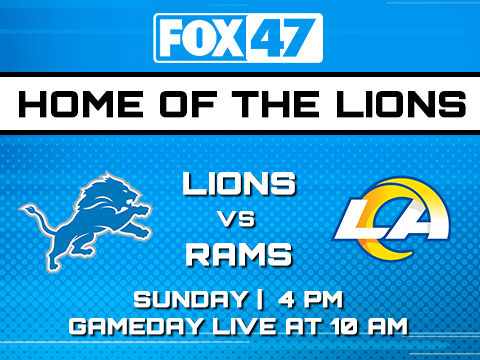If you're looking for eclipse glasses it might be too late.
Some people are throwing in the towel for the search.
"I don't want spend the money on the fancy glasses. Someone will record it and I will see it that way," Randy Pearson said.
The Capital Area Library is one of the main stops to stock up on glasses for the family, and they've seen plenty of faces since the first shipment on August 7th. The glasses went so fast they made Jeffrey Venn’s head spin. Venn is a library assistant.
"As soon as they came in, they were gone very fast. Word spread," he said.
Not all hope is lost. If you can't find the glasses, the library is providing help so you can create your own safe way to view the sun.
They are handing out ways to create your own pinhole projection.
"What you'll be able to see is actually the shadow as it's moving over the image of the sun in here," Venn added.
The method won't cost you a dime. Just use an old shoe box and aluminum foil.
----------------------------------------------------
Here's how you do it:
1. Use a shoe box or a cyclindrical tube. The longer the box, the bigger the image will be.
2. Cut a hole in the end of the box and tape a piece of aluminum foil over the hole.
3. Make a small hole in the middle of the aluminum foil using a pin.
4. Tape a piece of white paper to the opposite end of the box. This is where the image will be.
5. Cut a large rectangular hole on one side of the box so you can look at the image projected from the pinhole to the opposite side. If the shoe box has no cover, the open side can be your viewing portal.
6. Stand with the Sun behind you. Point the pinhole end of the box toward the sun until, looking through the opening on the side, you see an image of the Sun on the opposite end from the pinhole.
7. Be careful not to look at the Sun! The idea is to have the pinhole pointing at the sun and your eyes pointing at the image in the opposite direction.
8. This method doesn't show you much detail, but it is useful during a partial eclipse to see the "bite" the Moon takes out of the Sun."

